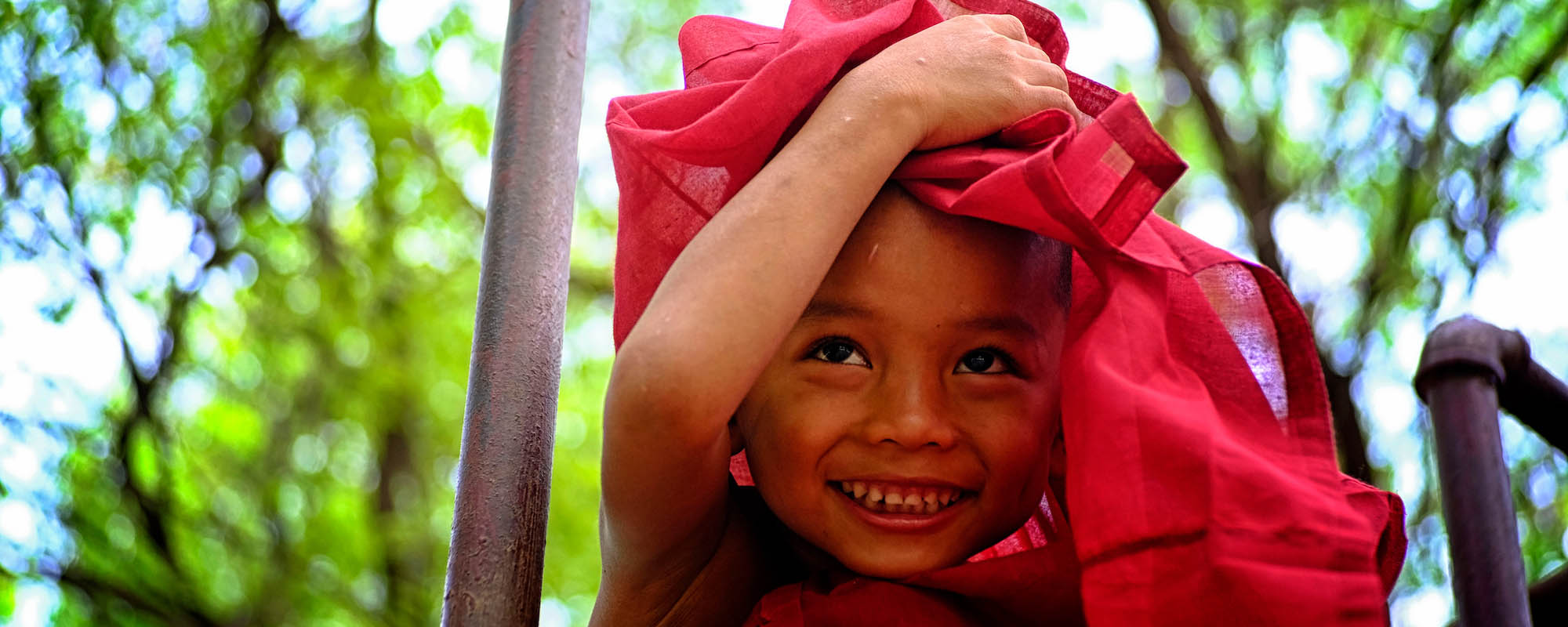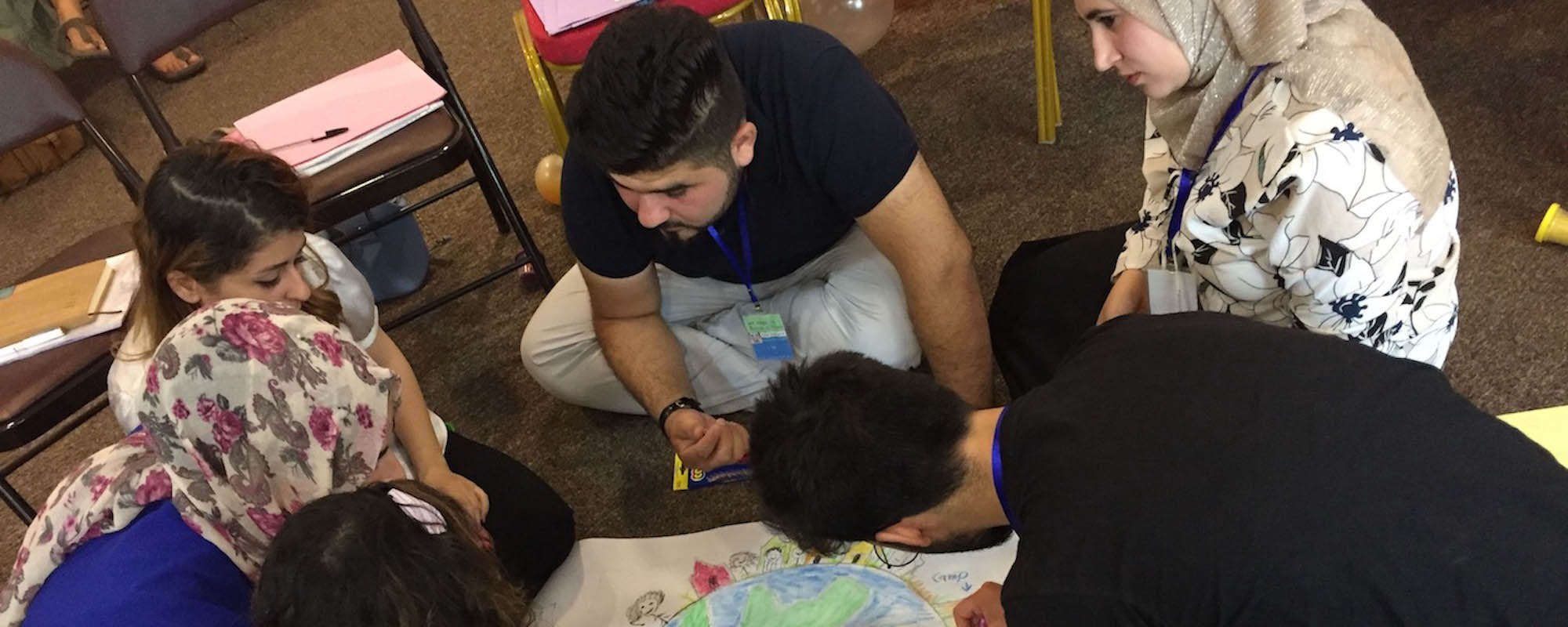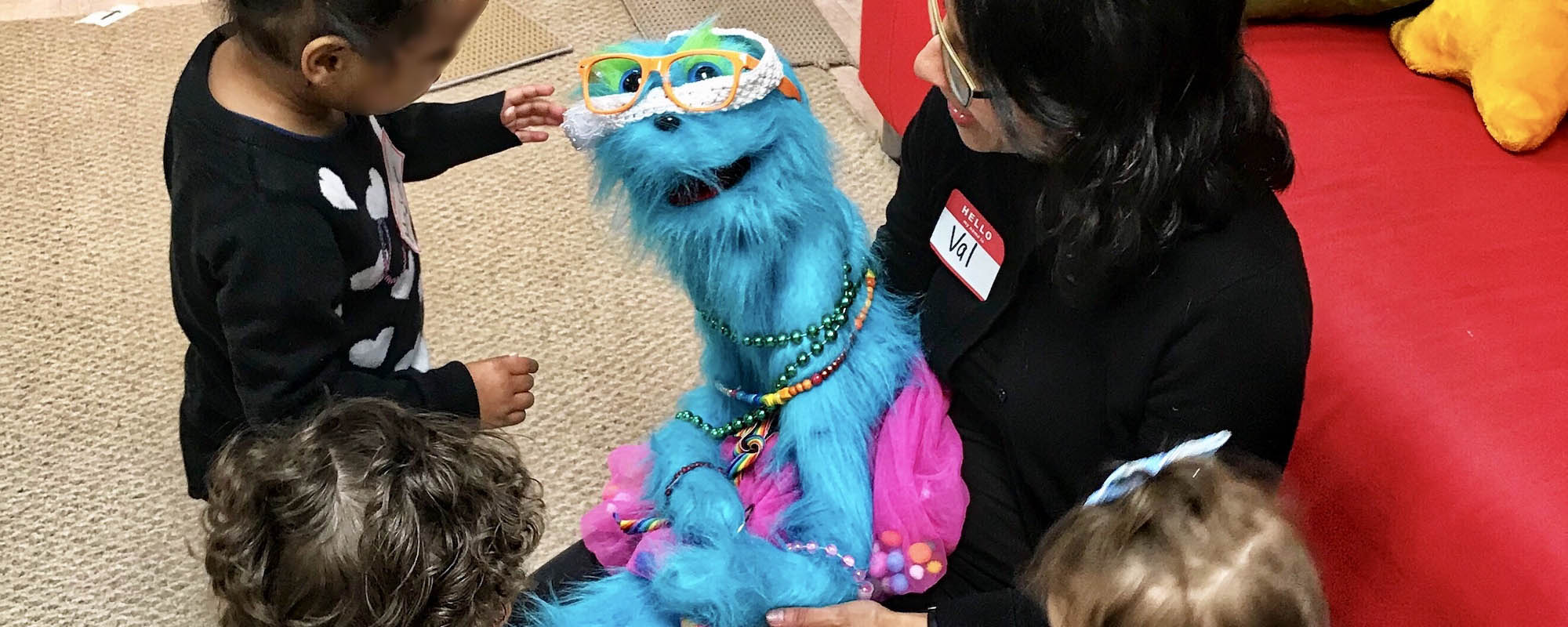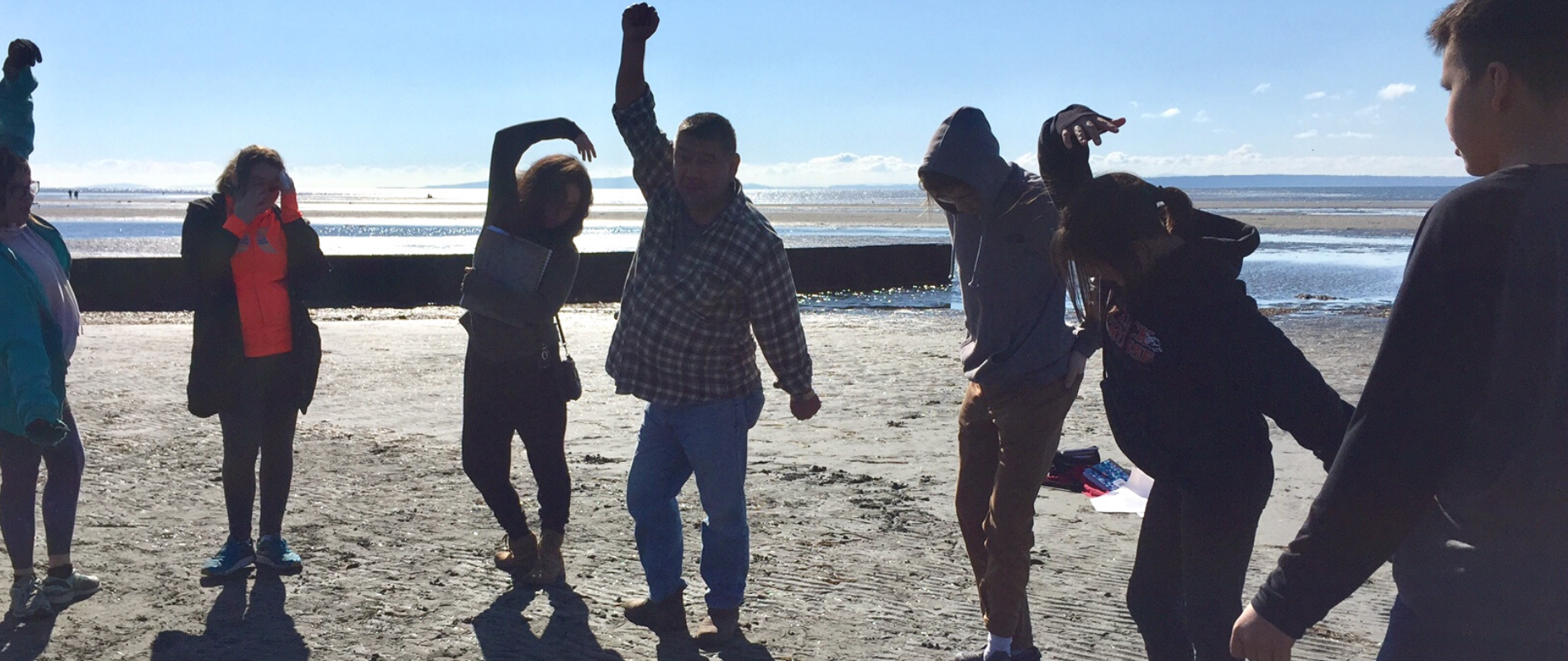Key Elements for a Strengths-based Child Protection Practice
By Susan Young, Margaret McKenzie, Liv Schjelderup, Cecilie Omre & Shayne Walker
Working from practice experiences, Social Work educators from Aotearoa/New Zealand, Norway and Western Australia have developed a framework for child welfare work . The framework brings together the Rights of the Child, Community Development and Child Protection. This article describes the principles and theoretical underpinnings of this framework, and illustrates its use through practice examples. The development of this approach draws from lengthy engagement in child welfare in our respective countries. Indigenous practices and community development principles, which embody strengths approaches, are complemented by the United Nations Convention on the Rights of the Child (UNCRC) articles and assist to move child protection from a unidimensional reliance on expert assessment of the “best interest” criterion to a multidimensional response of centring children’s participation and attending to cultural, family and identity considerations. We link Ife’s description of first-generation, secondgeneration and third-generation rights to Qvortrup’s categorisation of children’s rights: protection, provision and participation. We extend this link by examining key Articles of the UNCRC in relation to their generational protective, provisionary and participatory functions and propose a framework for practice that is informed by child rights and community development principles. The framework identifies key practice elements necessary to work with a strengths-based perspective at the third-generation and participation rights levels in child protection and welfare.






